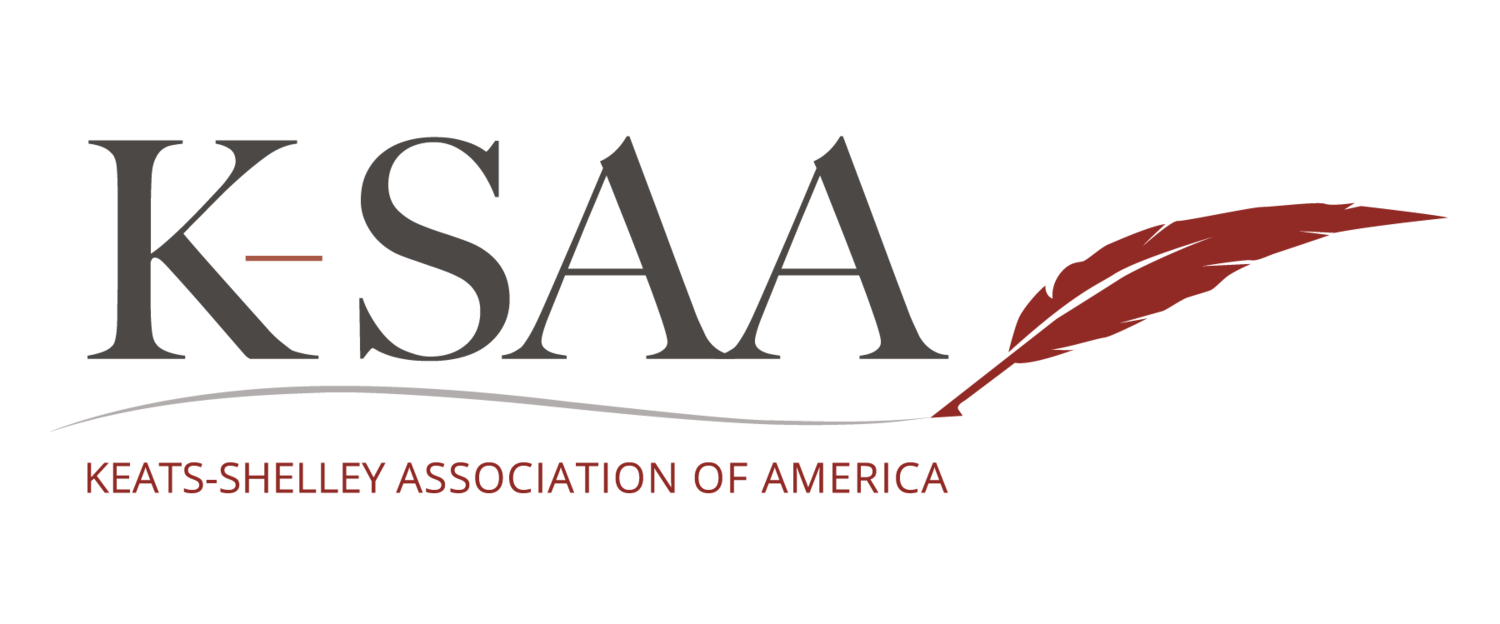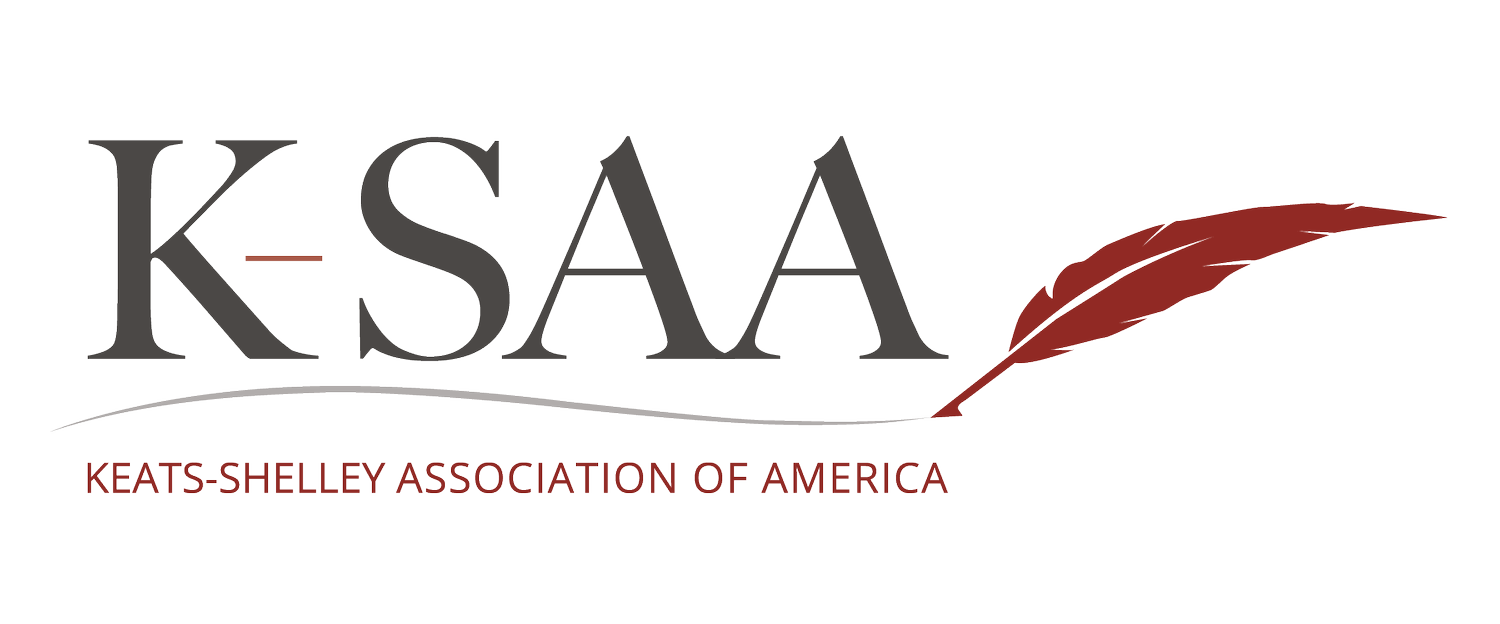
Additional Resources
Toolkit to Start Birding:
Here are some tools and resources to start birding! Merlin is one of the most popular and accessible free apps to help you identify birds outdoors. You can record birdsong, answer Merlin’s step-by-step ID wizard, or upload a photo to identify your bird! If you want to verify your bird identification, there are phyiscal and mobile birding field guides like Sibley, Audubon, and National Geographic to clue you in on the taxa. If you’re curious about the entire ecosystem of flora and fauna, iNaturalist has a database of all organisms recorded by citizen scientists around the world, including birds.
How to Bird:
More on Birds & Birding:
Birding Events:
There are many ways to start birding! You can find a birding event through national organizations with local chapters, visit a bird sanctuary or nature center whose work includes education and outreach, or other local chapters in your city like a birding club or an ornithological society. Many events and nature centers have binoculars or field guides to borrow!
*Note: many local Audubon chapters around the US have changed their name from “Audubon” to “Bird Alliance”, but continue to be affiliated with the National Audubon Society
Digital Media:
Articles:
Scholarly Resources:
Clara Dawson, “Poetic Birds and Material Forms in the Long Nineteenth Century” ISLE: Interdisciplinary Studies in Literature and Environment, Volume 29, Issue 3, Fall 2022, Pages 595–608, https://doi.org/10.1093/isle/isac010
Daniel Karlin, “Hark! Nineteenth-Century Poetry and the Song of Birds,” The Figure of the Singer, Oxford Scholarship Online, 2013. https://doi.org/10.1093/acprof:osobl/9780199213986.003.0004
Caroline Jackson-Houlston, “'Familiar Birds': John Clare, Vernacular Knowledge, and Poetic Precedents',“ John Clare Society Journal, Issue 39, June 2020, Pages 71-84.
Important Note on the History of Birding:
"Although he espoused a life-long and deeply felt love for birds, in the pursuit of his project Audubon would trap, kill, and then string on wire the specimens he drew, the wire allowing him to pose his subject in the attitude he thought would best highlight its “beauteous form.” It was this “natural” approach to staging the birds he drew that set Audubon apart from other naturalist-artists of his time. In this disjoint between appearances and reality lies an apt metaphor for Audubon and his life project: A man of contradictions, the cognitive dissonance at the heart of Audubon’s Enlightenment empiricism extended to his views on race, regardless of, or perhaps because of, his own identity...Audubon relied on both Black and Indigenous knowledge to identify, locate, and track down the birds he painstakingly drew. He also incorporated what he was taught about birds by Black and Indigenous people into his writing. However, Audubon bought, held, and sold enslaved humans, at the same time."
An excerpt from “John James Audubon at Two Hundred and Forty” - Alina Romo, Allan Hancock College




